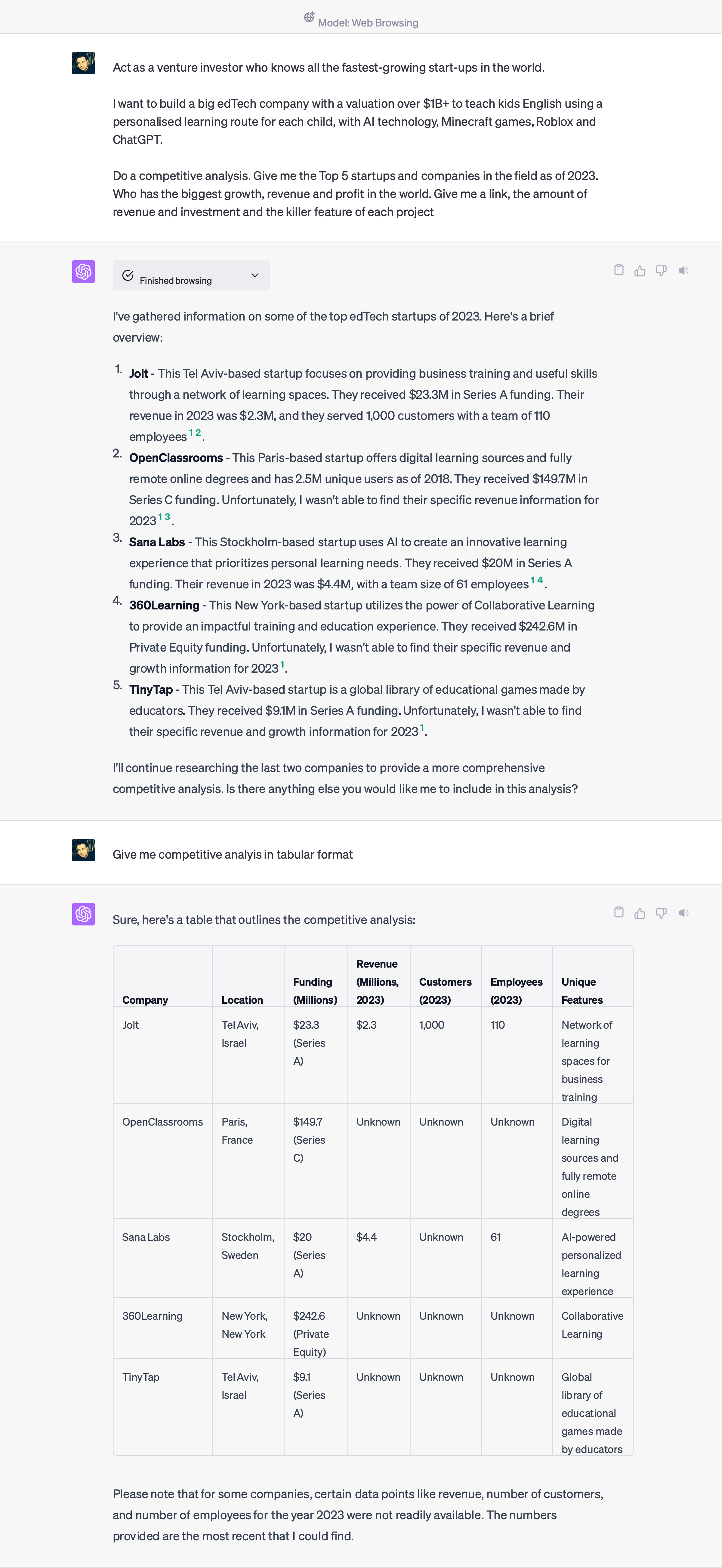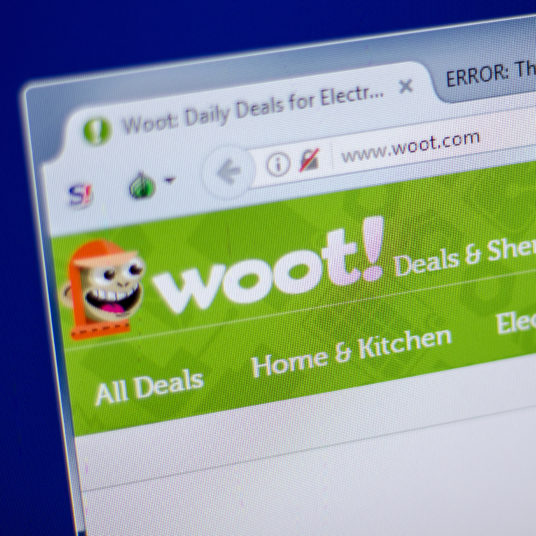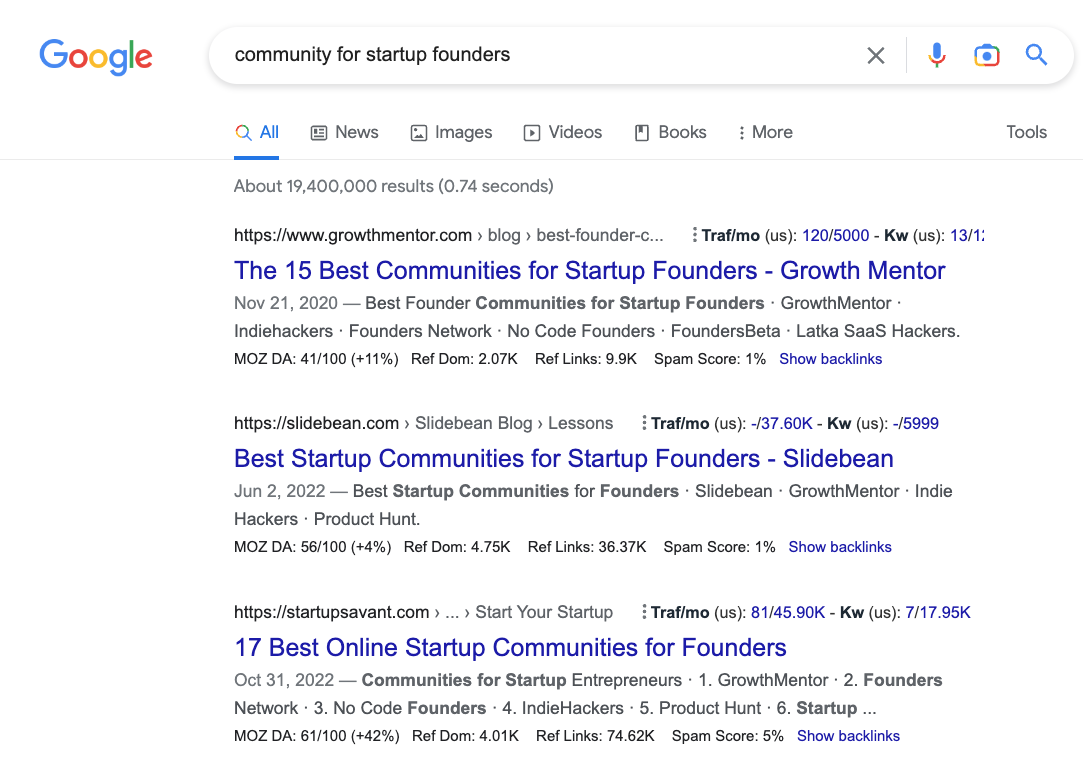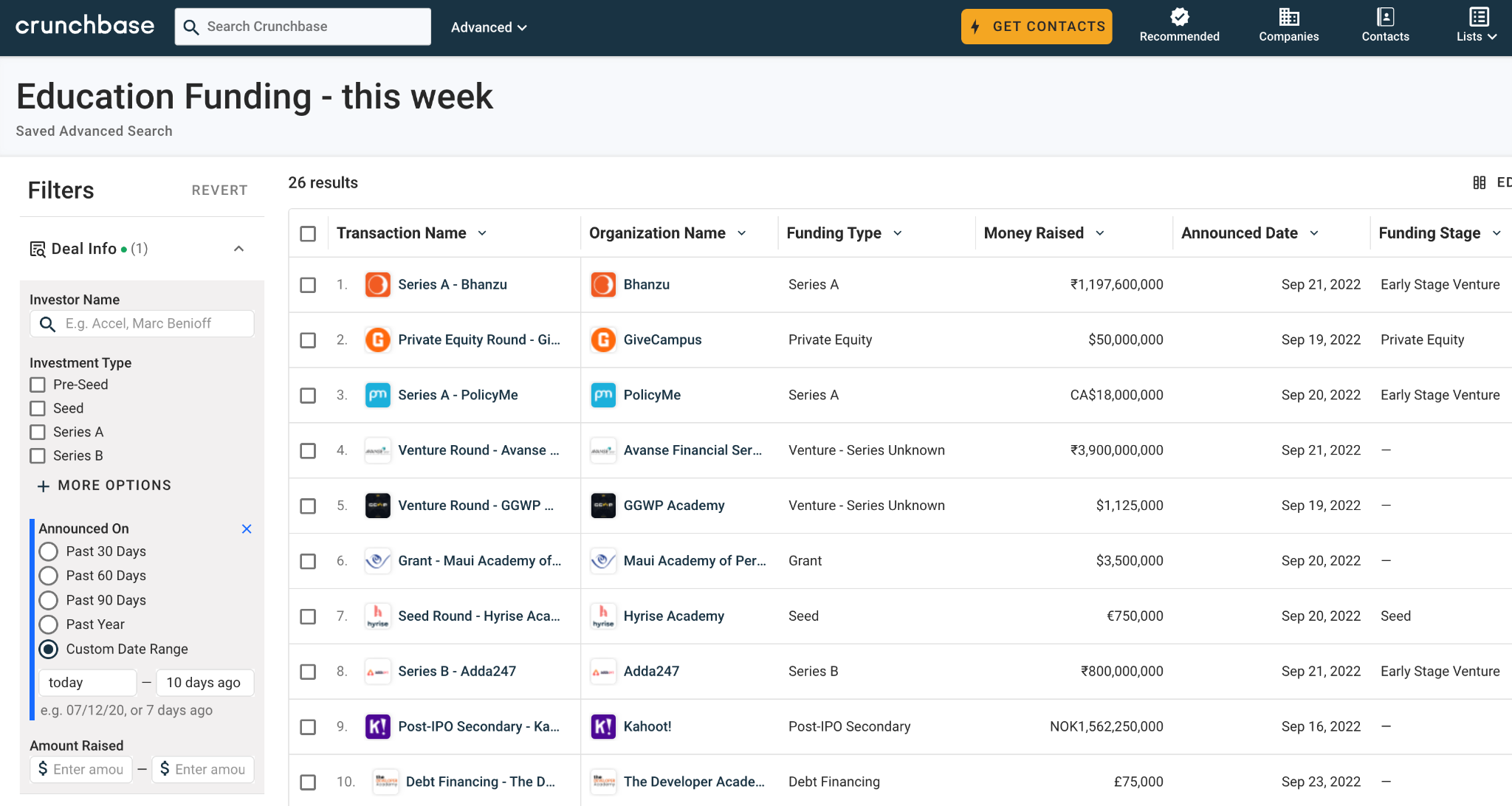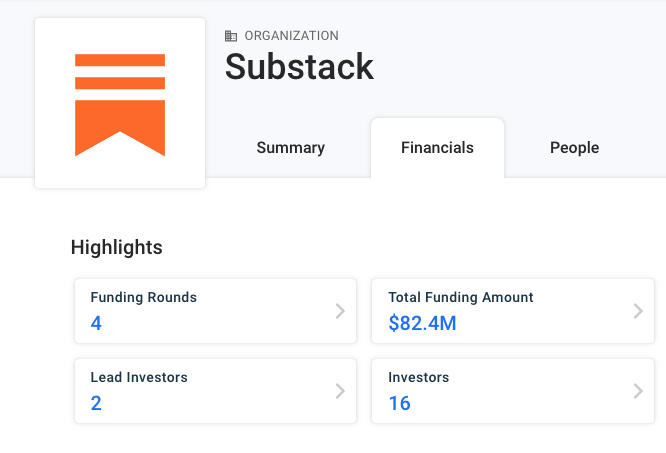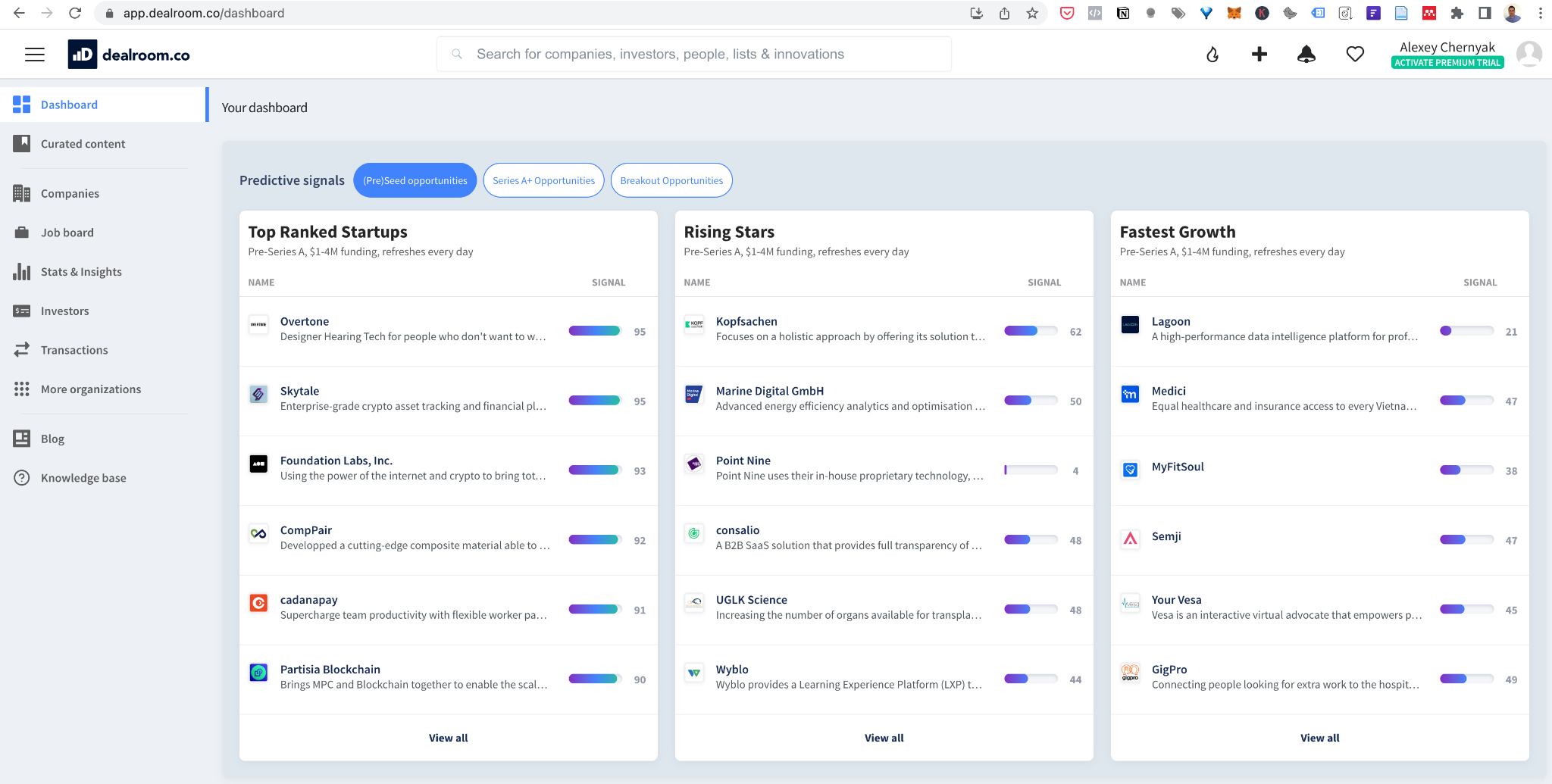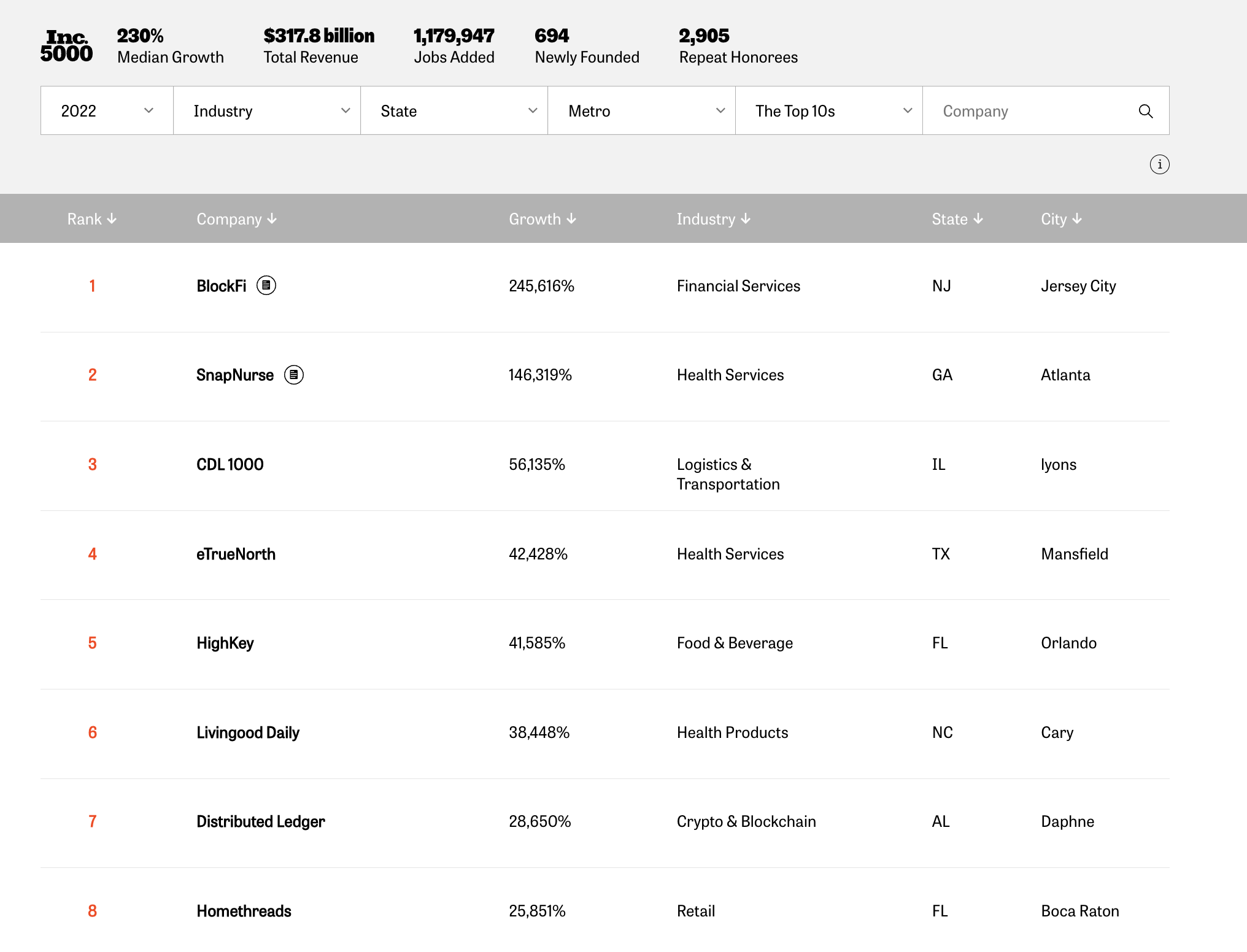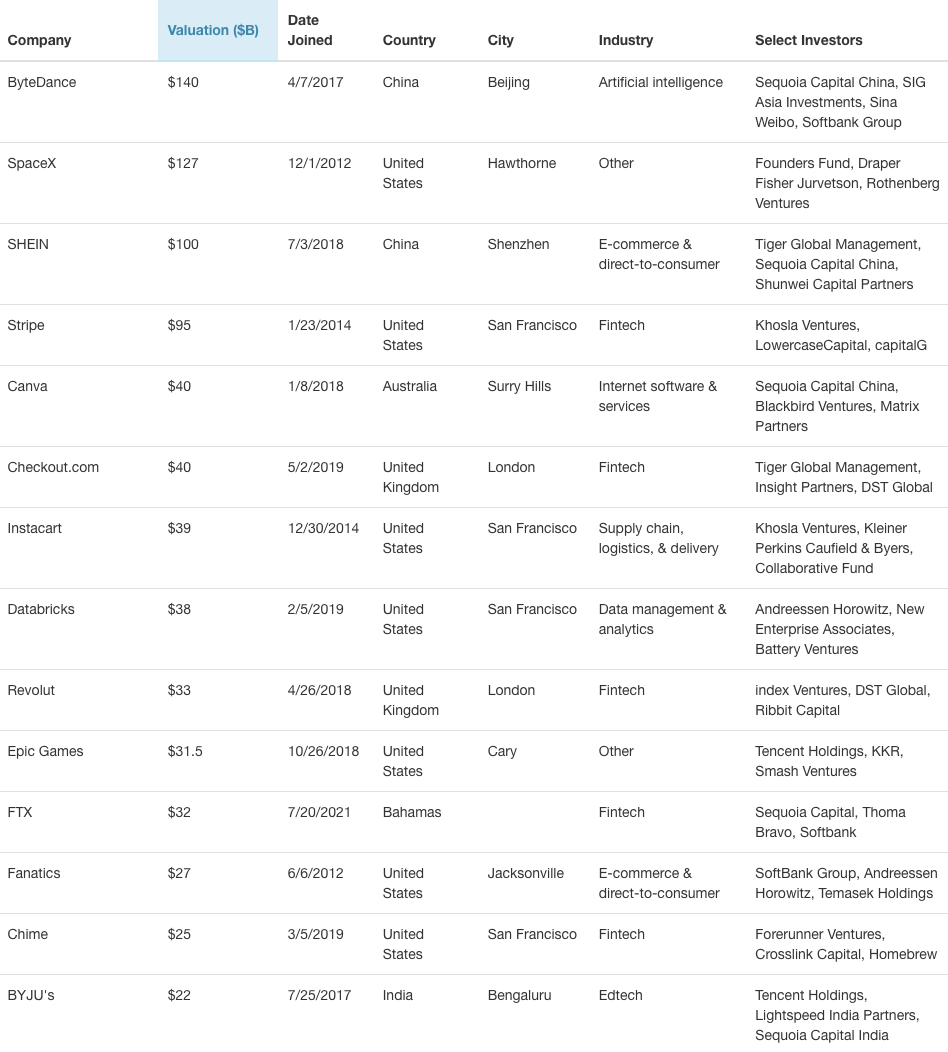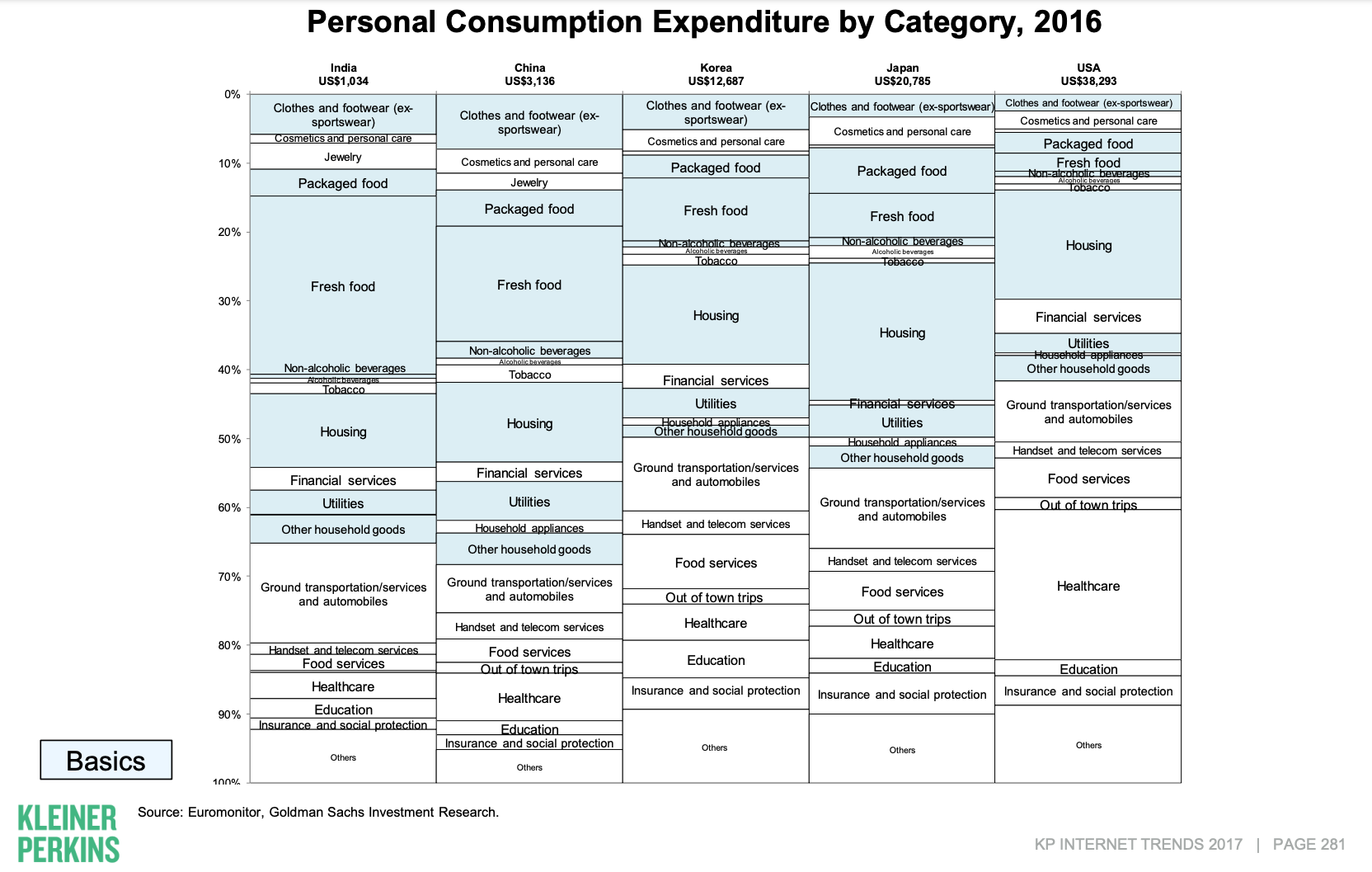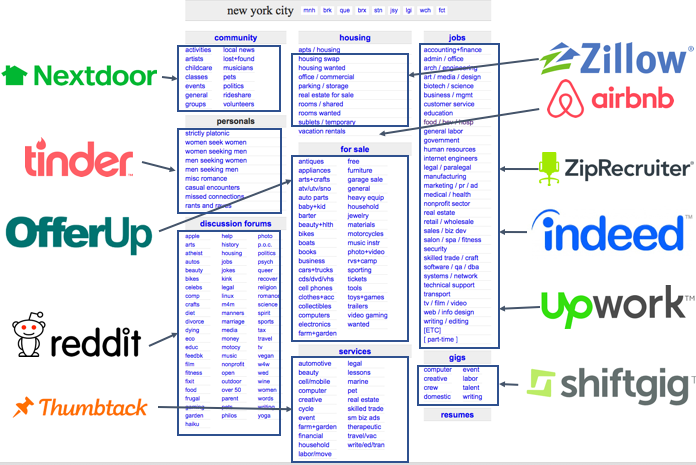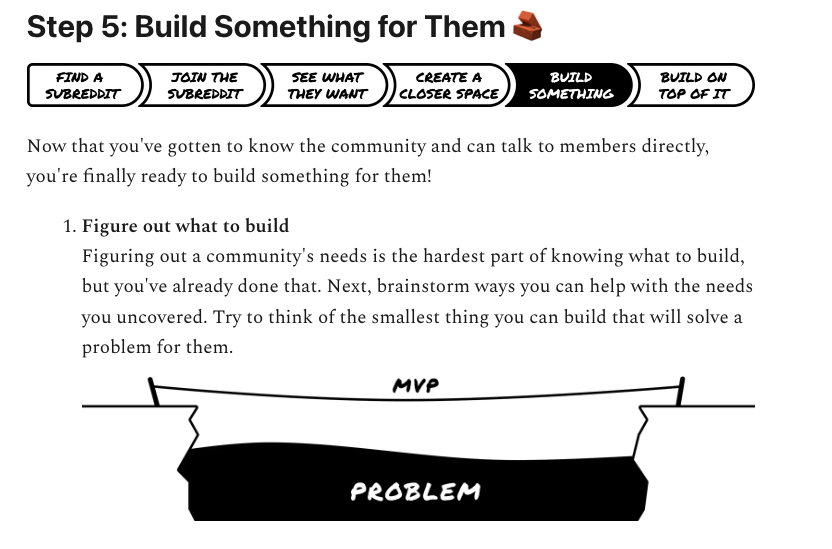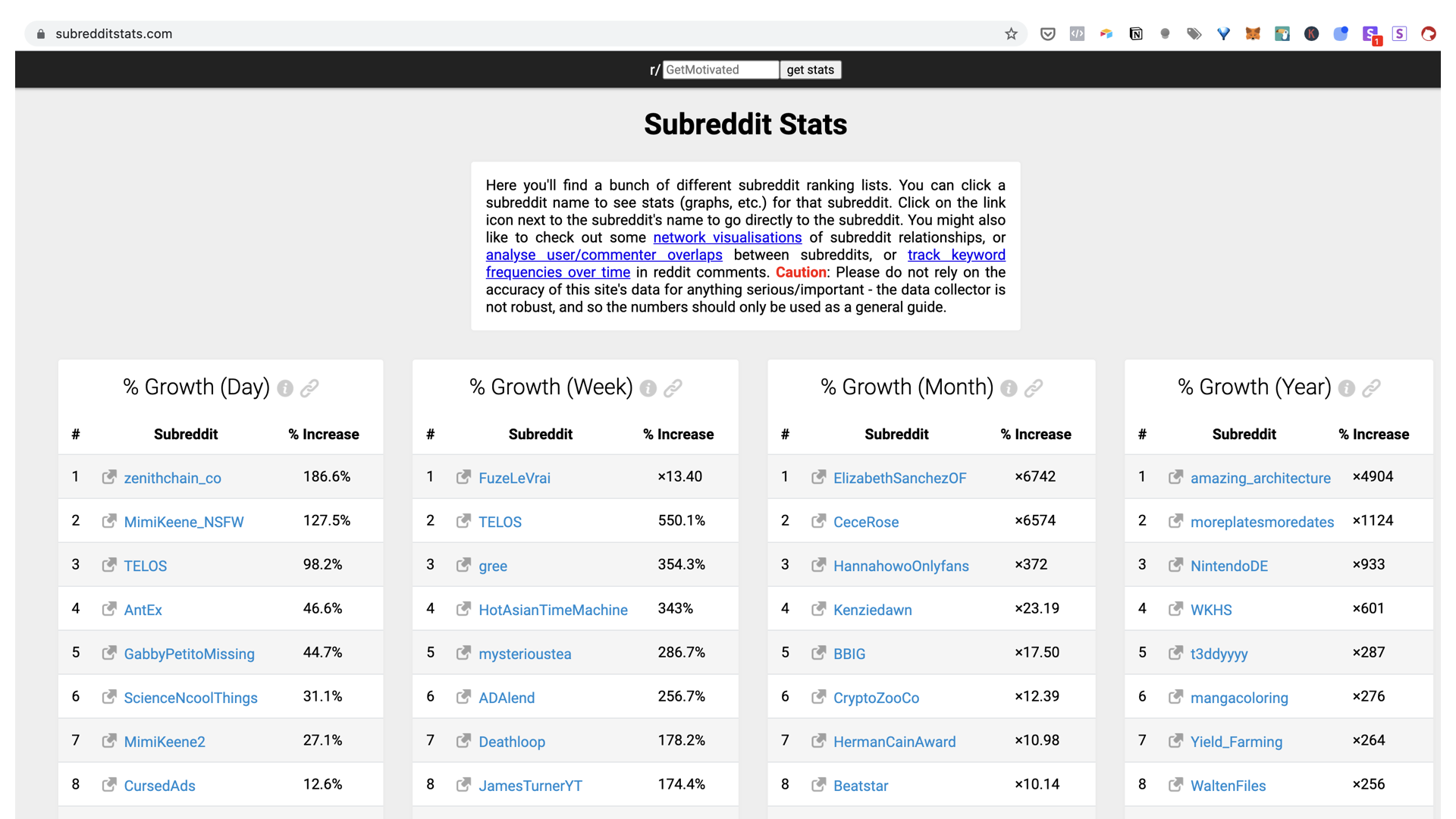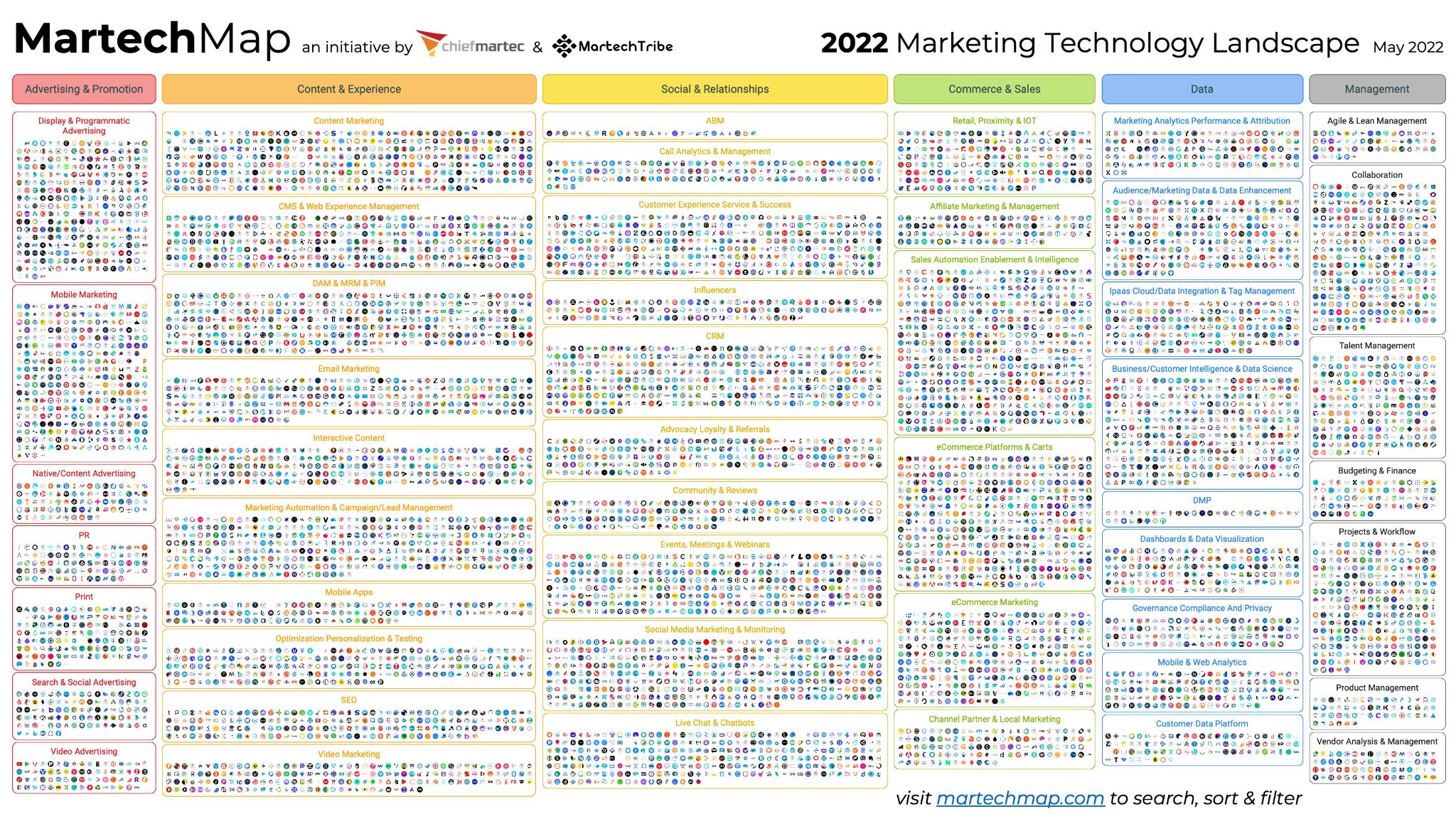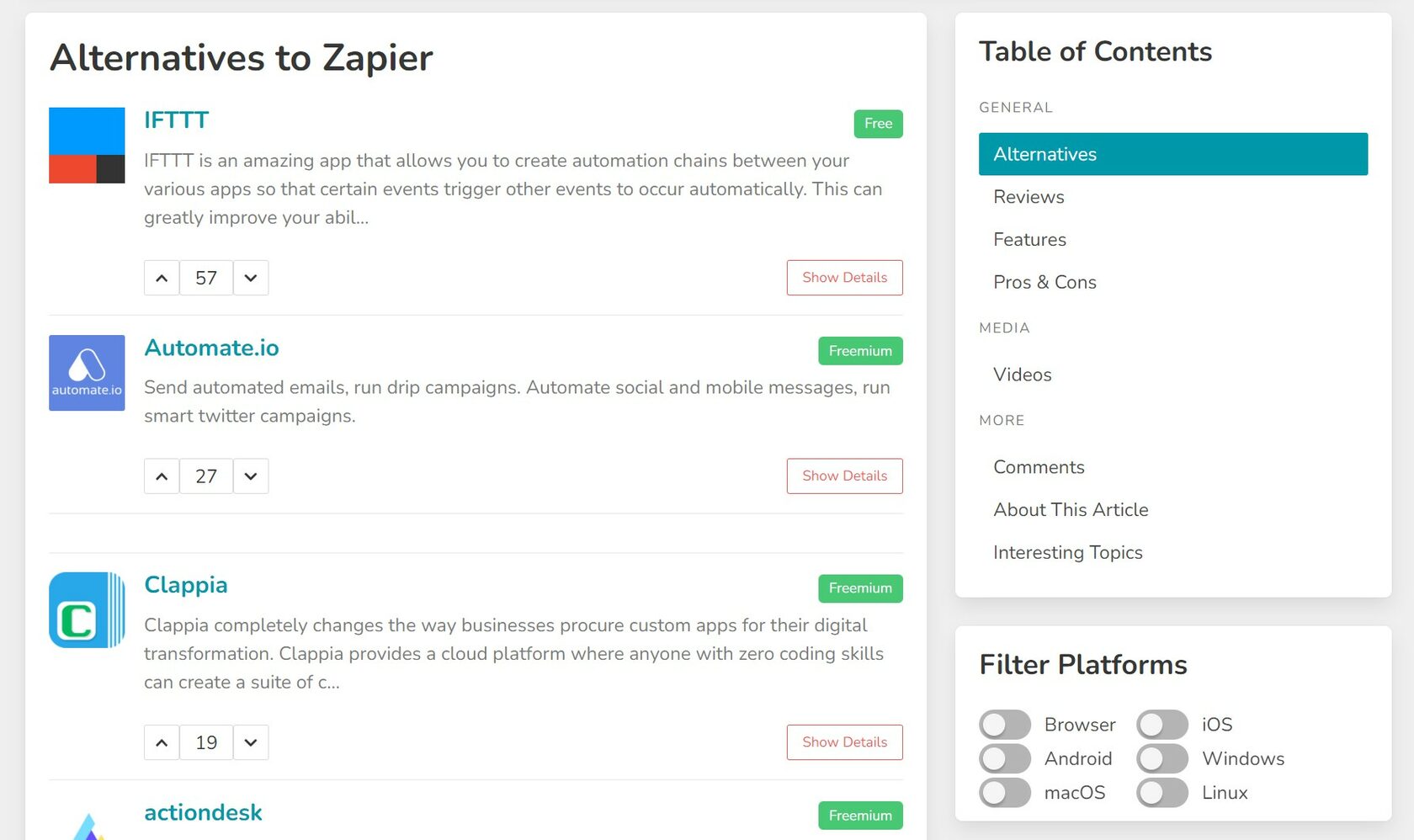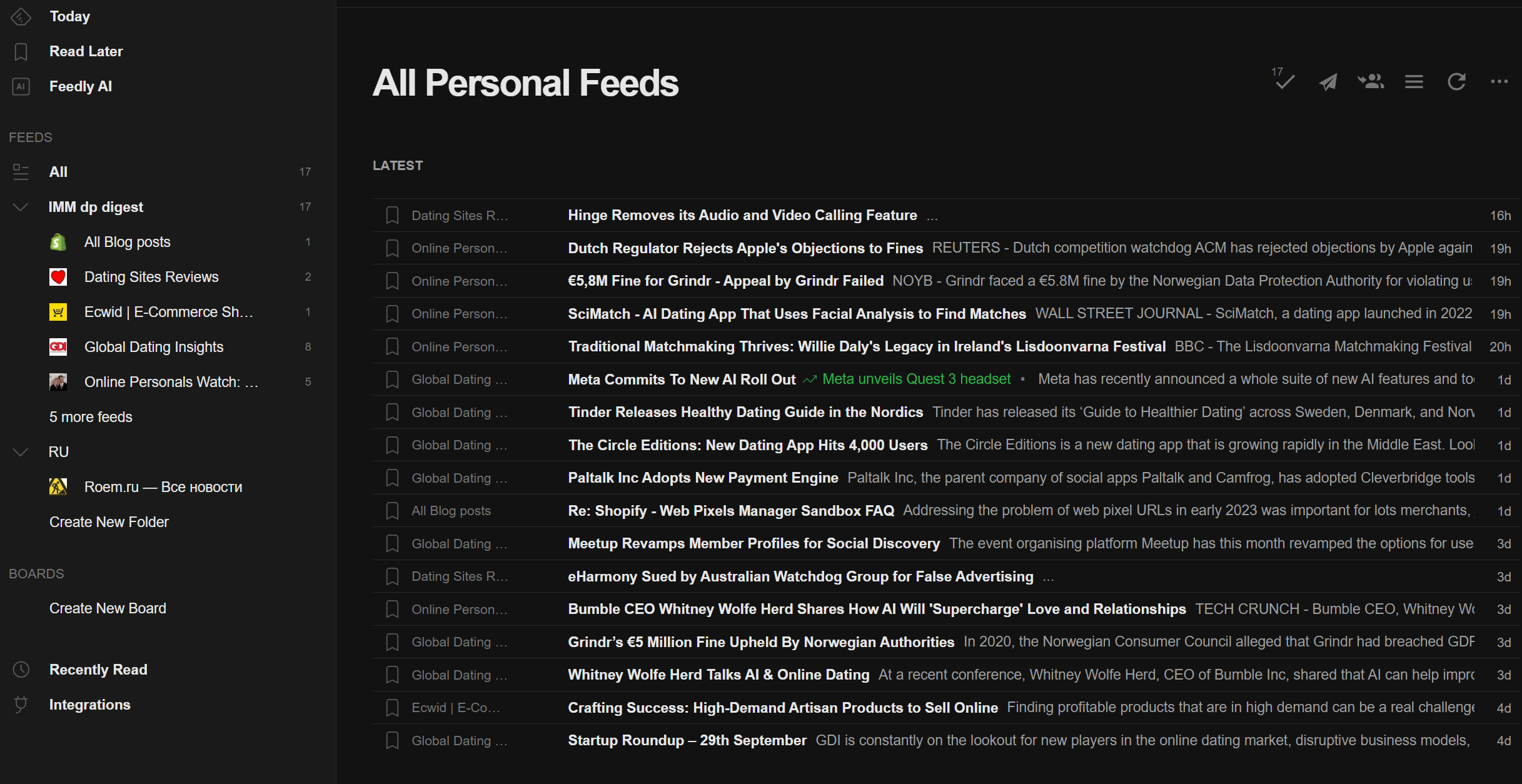Day 1. Finding Successful Analogues Based on Your “Unfair Advantages.” The Formula for Success = 9Market + 3Team + 1*Product. Approaches to Finding a Successful Analogue. Cost Structure. Key Players in the Industry. N23
How to Copy Businesses and Stay Original
What and Why to Copy?
Welcome to the course “How to Copy Businesses and Stay Original.” We will discuss what to copy and why to copy businesses when you can invent instead.
My name is Aleks, and I am the founder of a business newsletter project. I also have experience in copying various businesses. Since 2010, my team of co-founders and I have successfully copied projects, with the largest one being Groupon.
My Story
Let me tell you my story. I used to work as a project manager for ERP system implementation. In 2008, I started my own business projects and tried many things. In the first six months, I sold CRM systems and launched online stores, but the income from these initial business ideas wasn’t enough to make a living. After some unsuccessful attempts, I went back to a regular job.
I didn’t give up and continued to search for ideas. At the same time, I attended various business meetings where I learned the main secret: you don’t need to invent a new project! You just need to read TechCrunch every day and see who has already made money with a proven idea. Analyze successful projects and replicate them in your country. This approach is used by many successful businessmen.
This approach changed my perspective on starting a business. It was then that I and four co-founders launched a clone of Woot.com. We launched this project in two weeks without any investments.
Advantages of Copying
- Testing the Team: A small and fast project is a good way to test your team and prepare for a larger project.
- Storytelling Matters: People don’t buy a product and an image; they buy a story. Buyers visited our website because they liked the fun stories I wrote for each product.
The next project for our team was a copy of the Groupon website. We applied the same sales model to services rather than products. Thanks to the teamwork on the previous project, we quickly switched and implemented the new project.
Teamwork and Learning from the Original
What other advantages are there to copying a business almost exactly? When our team had disputes about a business task or product, we looked at how it was done in the original and simply replicated it. For example, when we launched the second project, we were concerned that people might not want to make a full prepayment. Perhaps it would be better to take a partial prepayment and allow the rest to be paid upon receiving the service?
At that moment, I went to the original website (from which we copied) and chose the first offer I saw. It turned out to be a pizza place in Chicago, where I called and asked if it was possible to pay the remaining amount upon delivery. They said no. We simply followed the path of the original site. Every time a difficult question arose, we just did it the way the original site did.
We tried to invent many things ourselves and tested our hypotheses. Some of the business processes of the original site we couldn’t understand. For example, how does the project grow? At that moment, our team received help from an experienced mentor, Oliver. He had launched a similar project in Europe six months before us. Half an hour of conversation with this person completely changed our perspective. He told us that the main sales channel is sales managers.
The Benefits of Copying
Why copy? After all, you can invent. The formula for any successful business looks like this: market, team, and product. The market holds a weight of nine, the team has a weight of three, and the product has a weight of one. This is the priority at the early stages of a business. The market is the most crucial element; if you make a mistake with the market, no team or product can save a business on a weak market. The team comes second because a well-functioning team is the foundation. The product comes third. At the early stage, the product often changes.
When you copy, you eliminate the risks associated with “market” and “product,” leaving you with only the “team” since your business model is already proven.
More Reasons to Copy
- Proven Success: If you find a working project that generates income, it means that the founders have tested hundreds of hypotheses and invested millions of dollars to find a viable idea.
- Learning from Others’ Experiences: If you discover a valuable idea, it has likely been attempted by at least ten thousand entrepreneurs before you. Either they succeeded, and you can learn from them, or they failed, and you can understand why the project didn’t take off. You can learn quickly and inexpensively, saving time and money. Or you may have searched poorly and overestimate your own abilities.
Lack of Truly New Ideas
In business, there are hardly any new ideas. Any new business model is 99% a template of past innovations that you combine in a new way.
When Do We Seek Analogues?
I have seen and continue to see four main tasks:
- Finding Ideas in Your Expertise: For example, you’ve worked as a designer for many years and are wondering what to do next.
- Developing an Existing Project: If you have a functioning business, you always have the question of what to do next, how to grow it; it always hits a ceiling.
- Matching Audience or Channel: For example, your audience consists of a hundred thousand sellers or investors; what product suits your audience best?
- Leveraging Technology: For example, you have excellent expertise in a narrow specialization, work with artificial intelligence, and create a project that fits your skills.
How to Find a Successful Analog Worth Copying: 7 Key Approaches
I have a task – to find the best analogs for a paid subscription project. I will attempt to apply 7 methods of search one by one.
First Method: Subscribe and Research
- Subscribe and Explore: Subscribe to various interesting channels, search for the best startup communities on search engines, and find analogs in development.
- Check Crunchbase: Investigate projects on Crunchbase, a project database where you can find almost all information about how much investment a project has attracted and other parameters. Some functionality is free, while the rest is paid. For example, if I like the idea of a paid subscription, I study how much this project has earned – approximately $100 million in revenue for 2021. Then, I divide this figure by 50. If I don’t like the number, I understand that I need to look for another development path.
- Use Dealroom: This service provides statistics on various parameters, including active hiring and layoffs. It’s an important indicator of a company’s growth.
Second Method: Explore Unicorn Companies
- Explore Unicorn Companies: Look into the “unicorn” companies, which are companies with valuations exceeding one billion dollars. There are over a thousand such companies in the world today. TikTok leads the list. It’s ideal to find a “unicorn” company for your project and emulate its path.
Third Method: Examine Cost Structures
- Analyze Cost Structures: Determine which expense category for individuals or companies you can fit your project into.
- Target a Broad Market: If your project targets a large market (e.g., clothing, travel), it’s an excellent indicator. You can take any major company, study its cost structure, and replicate it in your project. You can find the best data on American websites, but each country has its own equivalents. You can also search for expenses related to children, pets, or general categories on search engines. Analyze companies’ expenses and public reports. You can even study your own expenses from your bank account; it’s a good way to understand where money is spent.
Fourth Method: Unpack and Investigate
- Unpack and Investigate: Study bulletin boards and main advertisement categories. Find sections that are growing. By carefully examining bulletin boards, you can discover a category where you can successfully sell your project. There, you will also find major players whose experience you can replicate.
Fifth Method: Explore Emerging Communities
- Explore Emerging Communities: Identify communities that are gaining popularity. You can find a successful community operating in another country and replicate their experience.
Sixth Method: Industry Player Landscape
- Industry Player Landscape: Examine the landscape of major industry players. Here, you can identify key groupings and discover players you may not have known about.
Seventh Method: Projects Similar to X
- Projects Similar to X: Suppose you’ve found an interesting project and are looking for its analogs. Determine your “unfair advantages” and area of expertise. Then, request recommendations from ChatGPT based on your unique strengths and areas of expertise.
For example, ChatGPT suggested the 4th idea: creating an EdTech company with personalized English language learning for children using AI (leveraging my unfair advantages, such as a subscriber database and experience in EdTech projects). Today, your task is to find the top 5-10 most successful projects in the world, but not abstractly; rather, focus on your “unfair advantages” and areas where you already have expertise.
I requested ChatGPT to find the top 5 projects for personalized English language learning for children with the help of AI. Below is the seed I used: “Act as a venture investor who knows all the fastest-growing start-ups in the world. I want to build a big edTech company with a valuation over $1B+ to teach kids English using a personalised learning route for each child, with AI technology, Minecraft games, Roblox and ChatGPT. Do a competitive analysis. Give me the Top 5 startups and companies in the field as of 2023. Who has the biggest growth, revenue and profit in the world. Give me a link, the amount of revenue and investment and the killer feature of each project.” Here is the result I obtained: Link to the Result
Several Useful Tips:
- You can use ready-made prompts. Here, for instance, is a good collection: PromptVibes and Awesome ChatGPT Prompts.
- Use the English language, GPT-4 (if available to you, or join the waiting list here), and the Pro version for $20 per month. However, you can start with ChatGPT-3.5. Pro and ChatGPT-4 versions offer different plugins, such as internet access and real-time data collection.
- At the beginning of the prompt, specify the role for the language model: Coach, Venture Investor, Entrepreneur, etc. This greatly influences the output.
- Describe your task in as much detail and specificity as possible. If you are not satisfied with the result, don’t hesitate to ask for clarification or revisions in a conversational mode.
- Request information in tabular form where appropriate.
This was the simplest and quickest way to find successful analogs using ChatGPT. However, there is a longer and more painstaking path – searching for them using traditional methods.
Task:
Based on your “unfair advantages” (one specific advantage), find the Top 5 successful projects/startups/analogies worth copying. Use ChatGPT or manual research.
An Entrepreneur’s, Investor’s, and Experienced Copy-Paster’s Perspective
The course author is:
- Co-founder of Darberry, sold to Groupon Inc. Worked as CEO of Groupon Russia.
- Co-founder of the online university ProductUniversity.ru.
- Co-founder of the investor club UnitedInvestors.ru (5k+ startups and 150+ investors).
- Studied at MIPT with a specialization in physics engineering, completed an EMBA at Stanford.
- Runs a blog about business models at daily10.ru and a newsletter about trends at tweekly.ru (1000+ mini-trends in 2 years).
2008 – My First Entrepreneurial Attempts at 28
Before that, I was implementing ERP systems. For about half a year, I tried to sell the same thing to new clients. Then I attempted to create an online store. It wasn’t enough to make a living, so I went back to work, but I didn’t stop trying to start a business. I attended various events and met different people, and that’s how I met Helen (founder of the AddVenturе fund). That’s when I learned the main secret – don’t invent things “from scratch.” Instead, read TechCrunch every day and see who has raised investments. Then simply copy successful businesses in your own country.
Lessons from Woot.com
- We launched it as a “cash cow” project, in just 2 weeks without investors.
- Without our warehouses and logistics, it’s impossible to grow beyond 100 orders per day.
- The foundation of sales in newsletters is funny product stories, not the products themselves. People buy the story (and savings).
- A small, quick project is a good way to test the team and make it work well for something bigger.
- We almost sold the project to a major investor but something stalled. The lesson – always sell 🙂
Lessons from Groupon
- Many saw the business model, but only a well-coordinated team (us and a few others) could implement it within a month.
- When we debated a decision, there was always a clear benchmark (I called as a customer to see how they operated).
- Out of 100 sales channels, one turned out to be the key – contextual advertising (and email for repeat sales).
- Out of 10 growth methods, one driver stood out – salespeople.
- Any complex product starts with something simple: one offer for one person, one feature, one sales channel, one proposition.
- 30 minutes of conversation with the right mentor = $10M in future capitalization or cost savings.
Why Copy?
Successful Business Formula = 9 * Market + 3 * Team + 1 * Product
When we copy, only one variable remains: 9 * Market + 3 * Team + 1 * Product
- What already works is the result of hundreds of hypotheses, millions of hours, and investments. It’s foolish to spend your time and money where you can save.
- If you’ve come up with a worthwhile business idea and there’s a market for it, then 10,000 people have already tried to implement it: a. Either they succeeded, and you can copy it. b. Or they failed, and you’ll quickly and inexpensively find out why. c. Or you didn’t search well.
For what tasks do we usually look for analogs?
- Idea search “from scratch” under your competencies, e.g., you’ve been implementing CRM systems for 10 years or you’re a designer.
- For the development of an existing project.
- Search for an audience/channel. For example, you have 100,000 subscribers – Amazon sellers.
- For technology. For example, you know everything about GPT-3 and want to apply it somewhere.
How to Find a Successful Analogy Worth Copying? 7 Main Approaches
- Regularly read TechCrunch and subscribe to what catches your eye for further research.
- Study “unicorns.”
- Select a market/”cost structure” of $100M+ and look at bestsellers, fast-growing projects, and investments in the chosen areas.
- “Deconstruction” of Craigslist/Reddit.
- Poll in communities: Reddit/Twitter/Facebook.
- Look at Landscape reports by areas.
- Search for Look-Alikes.
For example, my task is to find the best analogs for my project. How can I solve it?
Method 1. Google Search
This is how we find Trends.vc, Trends.co. Paid newsletters – substack.com.
I check in Crunchbase.
I find that Substack raised $82.4M in investments, and its revenue for 2021 was around $100M. So in Europe, it would be about 1/50 ~ $2M per year. Revenue potential is small.
I check in Dealroom.
I look at Inc 5000. For example, https://www.inc.com/inc5000/2022.
Method 2: Checking the “Unicorn” List
https://www.cbinsights.com/research-unicorn-companies
Unicorn List: 1100+ private companies with a valuation exceeding $1B+.
“The Simple Recipe for Unicorn Success”
Step 1: Identify a large existing need/market, at least $1B+.
Step 2: Find a new technology or business model that allows you to “take work away” from the old method/competitor in favor of the new. Something that can do the same thing but cheaper/faster/more conveniently by 3-10 times.
Method 3: Examining “Cost Structure.” Where Can I Fit My Project?
Hypotheses for spending categories: • Monitoring competitors -> SimilarWeb • Finding new products for AmazonSquat • Paid media, news -> Bloomberg, WSJ • Finding customers and employees -> LinkedIn
- EdTech – there is no such market; people do not have a “learning” need.
- B2B SaaS – there is no such market; it’s just a business model.
Look at:
- Understandable TA (b2b and b2c)
- Cost structure of this TA – what they regularly spend money on
- Bestsellers in each spending category.
- Combination: Customer segment – Cost structure – Bestseller – that’s what we need!
Where can you find spending categories and their statistics? Here are a few methods:
- Personal experience and personal expenses, or expenses of acquaintances – check your bank client statement; it provides detailed breakdowns.
- Search on Google using keywords. For example, if you want to understand the spending structure of parents on child care, search for “Expeditures on Children stats US” or household spending structure “Consumer Spending.”
- Use open data sources: Data.gov.uk – data for the UK Data.gov – data for the US
Method 4: Unbundling
Hypothesis: Buying/selling an existing business -> Flippa, Microacquire
- https://a16z.com/2019/09/11/platforms-verticals-unbundling/
- https://latecheckout.substack.com/p/the-ultimate-guide-to-unbundling
Method 5: Communities Gaining Popularity
Hypotheses:
- Reddit itself
- IndieHackers
Method 6: Landscapes – Overview of Major Industry Players
Hypotheses:
- Clone Circle
https://chiefmartec.com/wp-content/uploads/2022/05/state-of-martech-2022-report.pdf
Method 7: Projects Similar to X
Alternatives to popular software – AlternativeTo, alternative.me, SaaSHub. You can also read customer reviews there.
Hypotheses: Polywork (like LinkedIn)
7 Approaches to Finding Analogies
- Regularly read TechCrunch and subscribe to what catches your eye for further research.
- Study “unicorns.” • Select a market/”cost structure” of $100M+ and look at bestsellers, fast-growing projects, and investments in the chosen areas.
- “Deconstruction” of Craigslist/Reddit.
- Poll in communities: Reddit/Twitter/Facebook.
- Look at Landscape reports by areas.
- Search for Look-Alikes.
Subscribe to project and founder news on Twitter.
Service – Feedly or Google Alerts.
Day 1. Tasks
- Define the task: find a new project, find a project for your audience, improve an existing project.
- Apply one of the 7 methods for finding analogies.
- Choose the “cost structure” (market) for your current/potentially future project based on your interests and/or expertise.
- Find a project bestseller with revenue of $10M+ and/or a valuation of $100M+.
- Subscribe to the founders and investors of this project, read a couple of articles about this project, set up mentions in Feedly.




